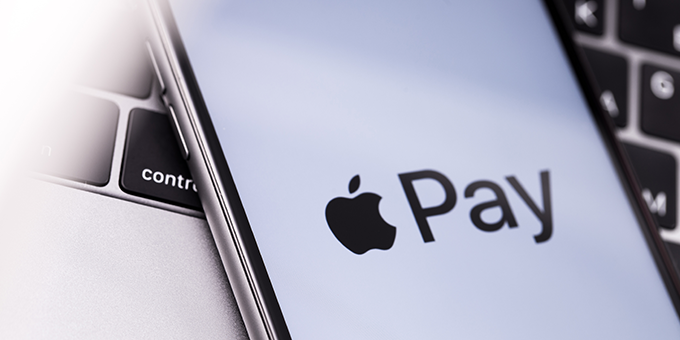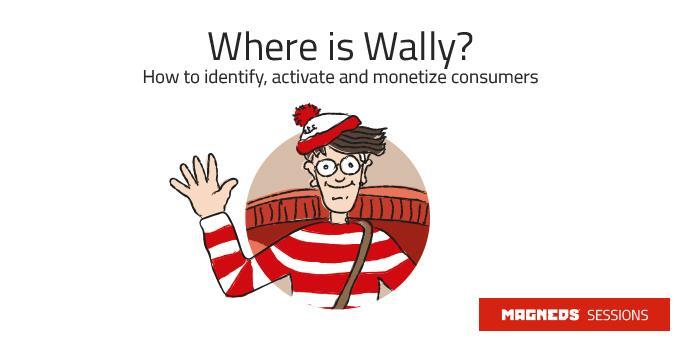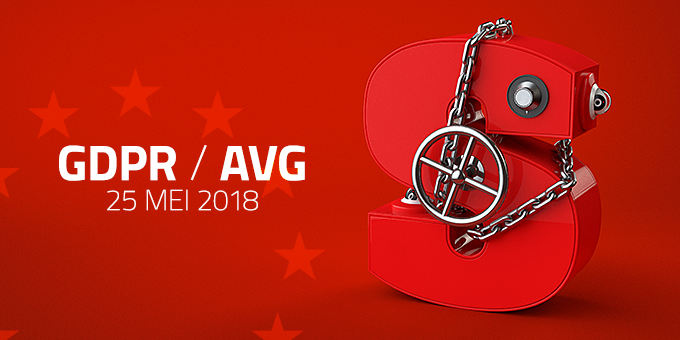The FMCG industry gets more and more competitive. The increasing pressure on promotion leads to margin erosion, whereas well-known brands should be more involved with the innovation of their distribution channels and with increasing customer involvement in their brand. Price promotions are not the right tool for that. Below, I will address three alternatives to price promotion: sales promotion, short-term saving promotions and loyalty programmes. The marketing budgets of the top 50 brands in the food industry are under pressure due to fierce price competition between supermarkets and the store brand that is gaining market share. In order to ‘turn things around’, manufacturers predominantly resort to price promotion: the only marketing tool that is used more than ever before. According to GFK, the ‘promotiedruk’ (promotion pressure) – the percentage of total revenue generated from the promotion – has reached historic levels of almost 20 percent. In some categories, like detergents and beer, these levels are almost twice or thrice as high.
Short Sprints with the Possibility of Injuries
Price promotions can be thought of as a vicious circle. Promotions stimulate the consumer demand only temporarily. Well-known brands need to repeat these promotions time and again in order to guarantee their income, even though they are losing profit through margin erosion. It’s like the prisoner’s dilemma: if you don’t promote your products, your rivals will. Retailers play a huge role in it: on the one hand, they ask manufacturers for more price promotions, and on the other hand, they release their own store brands. Both initiatives put manufacturers in a tough position. So what are the alternatives to price promotion?
Sales promotions
maintaining your margin begins with offering more added value to the customer. With sales promotions, this results in a higher perceived value, such as a discount to tickets to an amusement park. In doing so, a partner is given opportunities to free advertising and more visitors, and you can offer your customers a real added value with little or no margin loss. Sales promotion thus generate a sales peak during the duration of the promotion. When the promotion period ends, this effect wears off and no data has been collected. As a one-off activation for a transaction, it is all about mass communication. No lasting relationship is built up with the customer.
Short-term Saving Promotions
Short-term saving promotions continue for a longer period of time, typically twelve to sixteen weeks. As a consumer, you are stimulated to buy more, more often in that period, so that in the end, you have enough points for cutlery, glasses, textile, toys, etc. These promotions are often physical (saving stamps) as opposed to digital, and that is where there is a lot to be gained: going digital means stamps will no longer get lost in kitchen drawers, and everyone will have direct insight into their savings. The initiator will know who participates in the promotion and will have additional opportunities to communicate during the promotion period – for example to encourage dropped out savers to re-enter. Wanting to complete a ‘collection’, working towards a goal, and being able to choose for yourself what you are saving for, are already three powerful intrinsic motivation factors that can outweigh the factor of price. The downside of a short-term loyalty programme however, is that it only generates an increase in sales during the promotion period. Additionally, you will not be able to build customer relationships.
Loyalty Programmes
As opposed to sales promotions or short-term saving promotions, which generate a peak in sales, a loyalty programme generates a steady increase in sales over a longer period of time. The challenge is to turn one-time purchases into repeat purchases. In order to do so, a wide range of motivation factors can be used to interrupt the focus on price. The continuous 1-on-1 communication generates many customer data which enables you to constantly improve your loyalty programmes and service. Data that provides insight into questions such as: What kind of behaviour precedes a purchase? Which other sorts of products or services are your customers interested in? What kind of channels do they prefer? A loyalty programme does require great commitment of the organisation because it functions as the linking factor between different marketing and sales departments. That is why you cannot suddenly stop with a loyalty programme: it is a long-term decision.
Step by Step
With these alternatives I would like to point out that there are other options which are not to the detriment of your profit margin and which provide added value to the customer. The ROI of a price promotion is, however, faster than that of loyalty programme. That is why you could start with a sales promotion and then build on that. This gives the organisation the opportunity to start out small and to learn: What do you customers find more important than discounts? How do you create more added value in the eyes of your customers? In order to answer those questions, you need data and insights. In the end, the only way to obtain that, is to take a different approach to the challenges of the FMCG industry.







